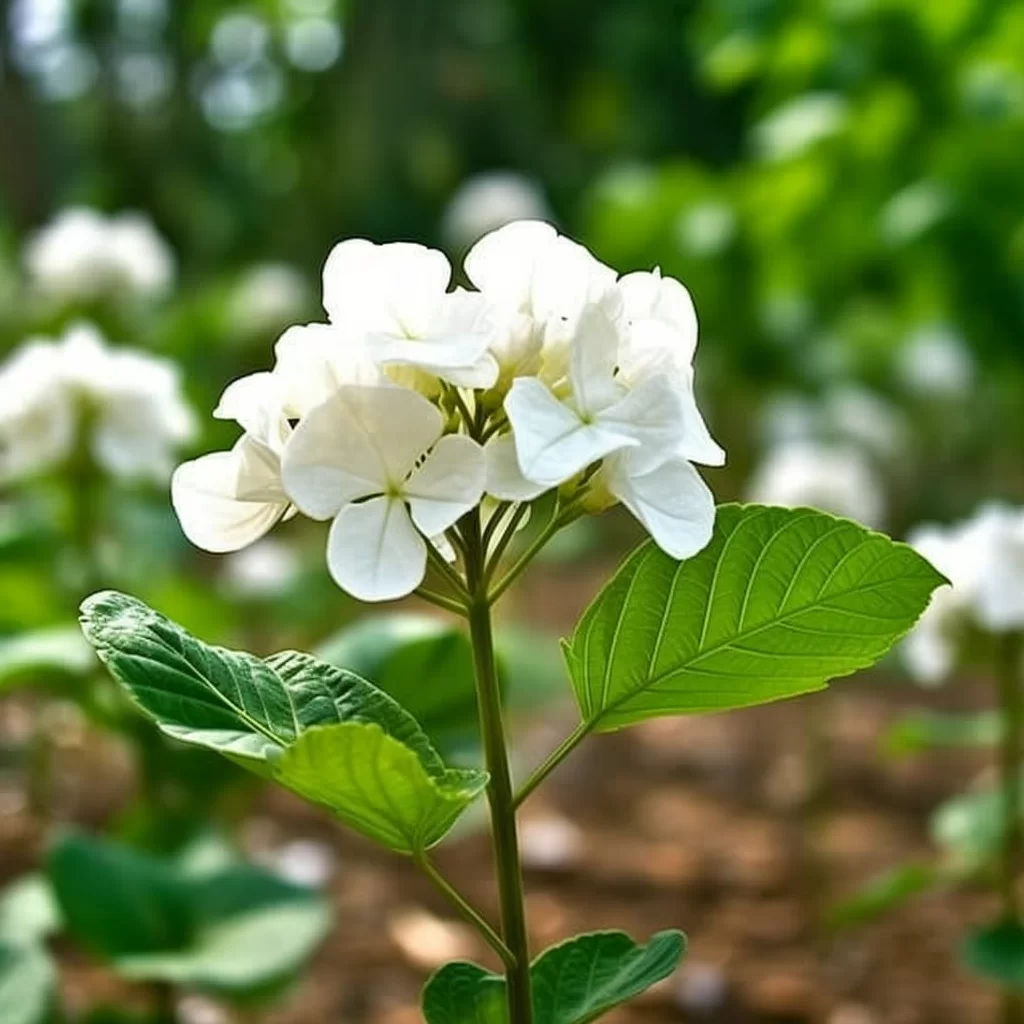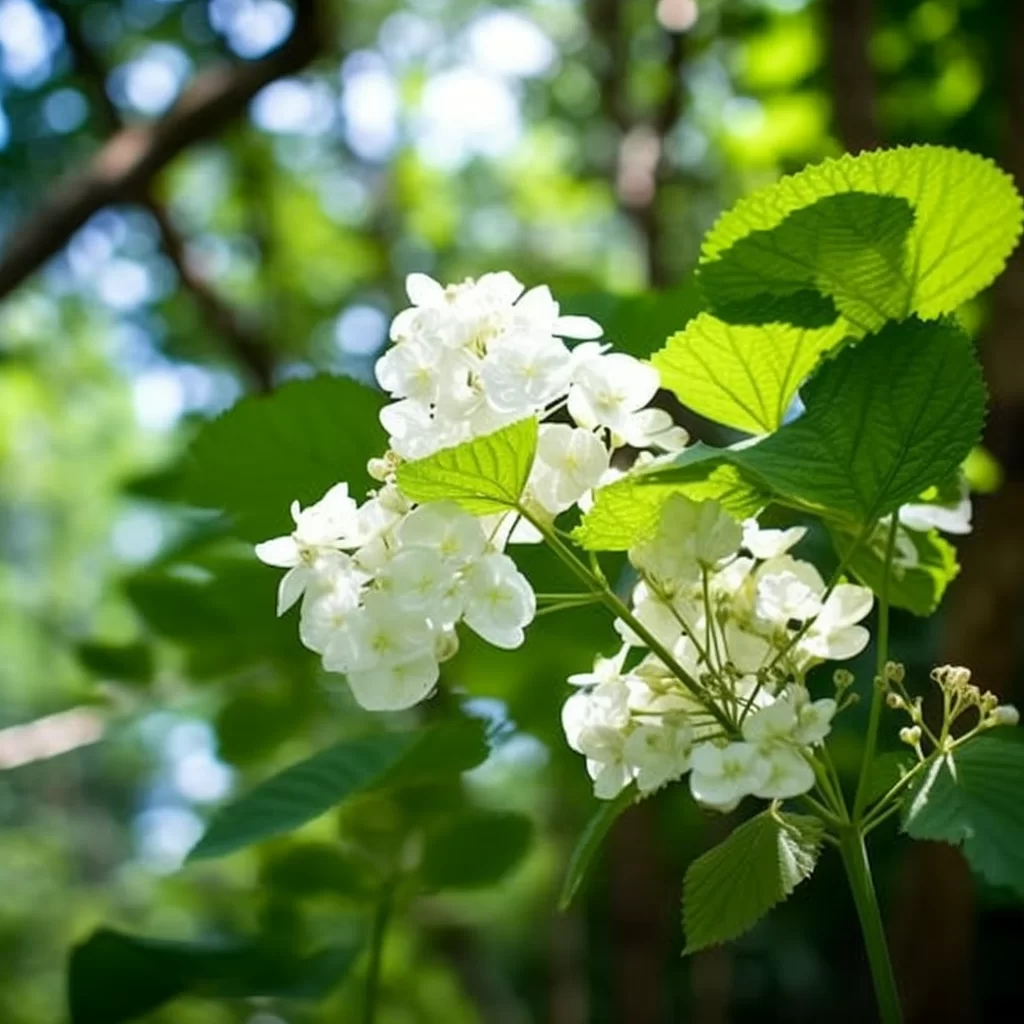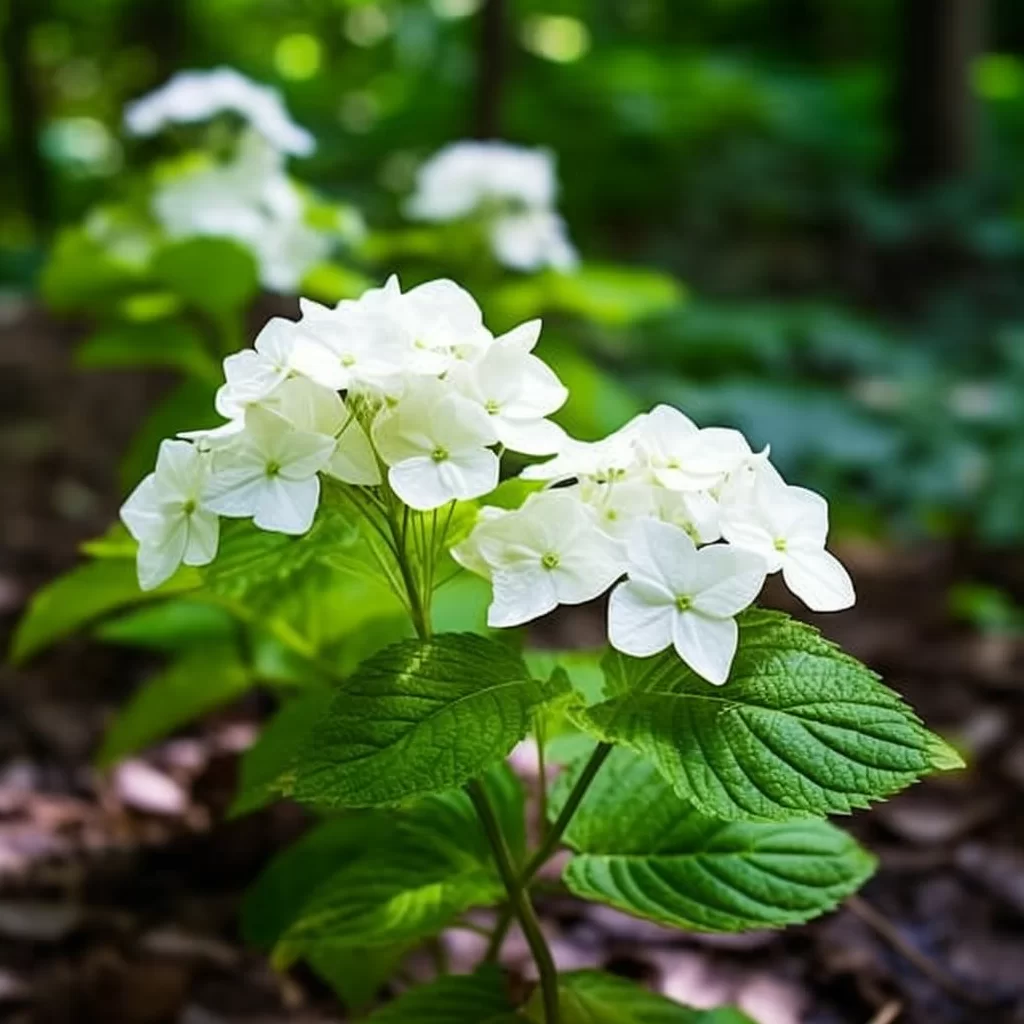Story of Day :
Contents
The Complete Guide to White Hydrangea Plant: Care Tips and More!
If you are a plant enthusiast, then you must be aware of the beauty that hydrangeas can bring to your garden.
From their luscious green foliage to their brightly colored blooms, these plants can easily become the centerpiece of your outdoor space.
In particular, white hydrangeas have gained a lot of popularity in recent years due to their stunning appearance and versatility.
History and Characteristics
The white hydrangea is native to Asia and has been cultivated for centuries.
It belongs to the Hydrangeaceae family and is known for its large spherical blooms that can reach up to 12 inches in diameter.
The petals are usually arranged in a lacecap or mophead shape, with some varieties featuring double blooms or serrated edges.
White hydrangeas are deciduous plants, which means they shed their leaves during winter.
However, they come back stronger every spring with fresh growth that lasts throughout summer and fall.

Planting
If you plan on adding white hydrangeas to your garden, it’s important to choose the right spot for them.
These plants thrive in partial shade or filtered sunlight, so make sure they get at least four hours of sun per day but not too much direct light.
- Soil: White hydrangeas prefer well-drained soil that’s rich in organic matter such as peat moss or compost.
- Fertilization: Use an acidic fertilizer if necessary since alkaline soils inhibit blooming
- Blooming:Spring-Blooming Varieties bloom on old wood (stems) from last year; prune only after blooming.
Summer-Blooming Varieties bloom on current year’s wood (stems); prune in late winter or early spring before new growth emerges.
Watering and Maintenance
White hydrangeas require regular watering to keep their soil moist but not waterlogged.
During warmer months, they may need to be watered several times a week, especially if the weather is dry.
However, avoid overwatering as this can lead to root rot and other diseases.

Maintenance is relatively easy with white hydrangeas.
Pruning can be done in late winter or early spring depending on the variety you have planted as some bloom on old branches while others bloom on new ones (refer above).
You may also want to deadhead spent flowers throughout the season so that more buds will form for next year’s blooms.
Pests and Diseases
While white hydrangeas are generally hardy plants, they are susceptible to certain pests and diseases that you should look out for:
- Aphids: These tiny insects suck sap from leaves causing them to curl up or yellow then eventually drop off.
- Japanese Beetles: The adult beetle chews holes through leaves while larvae feed on roots of plants killing them slowly over time.
- Powdery Mildew: This fungal disease causes powdery white spots all over plant surfaces which leads to leaf yellowing, stunted growth ,and ultimately death if untreated
- Canker:This bacterial infection causes sunken areas in bark along stems; it weakens stem structure making it prone breaking leading ultimately killing of plant
.
The Benefits of Growing White Hydrangeas

Aside from being aesthetically pleasing, white hydrangeas can offer several benefits to your garden and home:
- Cut Flowers: Their delicate blooms make for stunning cut flowers that you can use in bouquets or floral arrangements.
- Bee Attractant :The nectar of the flowers attracts bees and other beneficial insects to your garden, helping to pollinate other plants around it.
- Air Purification: These plants have been shown to help purify the air in your home by removing toxins such as formaldehyde and benzene from the air.
In Conclusion
Growing white hydrangeas can be a rewarding experience if you follow these care tips.
By choosing the right spot for planting, keeping up with regular maintenance like pruning and watering ,and watching out for pests and diseases;you are sure to enjoy these beautiful blooms year after year!
